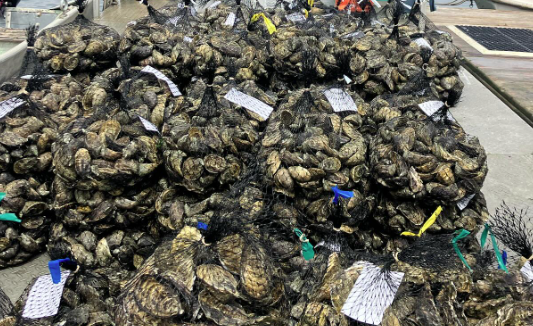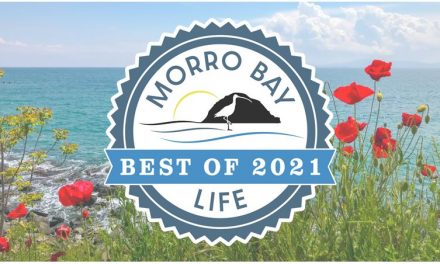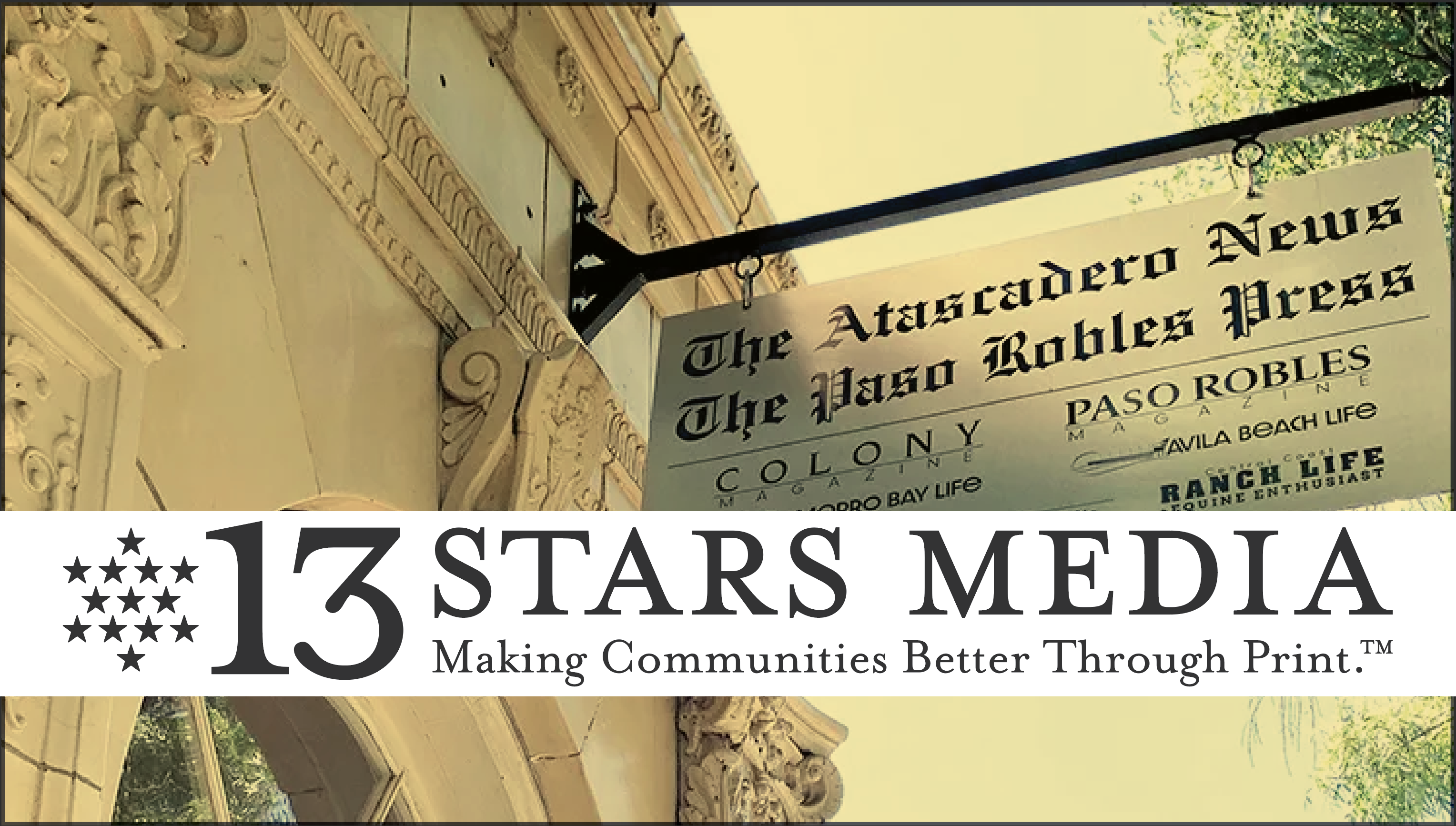Grassy Bar Oyster Co. seeks off-sale liquor license to enhance takeout offerings, support working waterfront, and promote local culinary culture
A local oyster grower will soon be able to offer wine and beer to wash down your locally grown mollusks.
Grassy Bar Oyster Co., 1215 Embarcadero Ste. D in Morro Bay Landing, was given permission by the City Council to seek a Type 20 – Off-Sale Beer and Wine license from the state Alcoholic Beverage Control agency (ABC).
Because ABC has determined there are too many liquor licenses on the Embarcadero, in order for someone to get another license, they have to get permission from the City Council, a so-called “Determination of Public Convenience or Necessity.”
Community Development Director Airlin Singewald’s report said Grassy Bar sent the city a letter in August spelling out the reasons why it wanted the license and the benefits it would bring to them, their customers, and the city’s working waterfront.
“Allowing Grassy Bar the ability to sell beer and wine for off site consumption will diversify their sales and better support the business in the event of a difficult crop phase,” the report said. “The sales will also complement oyster sales and promote a better customer experience with unique pairings, capitalizing on potential partnerships with local wineries.”
In the company’s letter to the city, Grassy Bar’s secretary and co-owner, Nathan Churches, Ph.D., said, “Many of our customers who pick up to-go orders ask where they can purchase a nice wine or beer that will accommodate their cooking plans. Our oysters are world-class fare, and they pair well with a white wine or a light beer if being consumed raw, or something more complex if being cooked on a grill.”
He added that they often have folks come in for a dozen oysters for a weekend barbecue and ask if they can get some wine too, but they have to direct them elsewhere.
“We think that our commercial fishing business should be able to capitalize on this demand, especially because this will not represent any changes to our ongoing business structure, facilities, or equipment,” Churches said. “Grassy Bar Oyster Company already sells non-alcoholic beverages and has a small cooler at our ‘Shucking Shed’ outlet, and we are simply looking to add an option of cold beer and wine for off-site consumption.”
He said they’ve also had offers from local wineries to do food pairings and tasting events, but have had to turn them down.
“These represent opportunities to grow the cultural fabric of locally produced food in the Central California region that we are not currently able to leverage,” Churches said. “Our business will forever be focused, first and foremost, on growing commercial quantities of the highest quality seafood in Morro Bay [over 1 million oysters per year, employing several commercial fishing jobs], but there are always risks associated with any kind of farming.”
He added that the take-out liquor license would help continue Morro Bay’s working waterfront and help keep the fishing industry robust, “the very reason that tourists and locals alike love our community and visit our waterfront.”
Grassy Bar is one of two oyster growers in Morro Bay. The other is Morro Bay Oyster Company.
The harbor has a long history of aquaculture, and oysters are a large part of that heritage.
According to the Morro Bay Historical Society (see: historicalmorrobay.org/hidden-history/oyster-farming), oyster farming has been going on here since at least 1932, but there is evidence found in ancient middens that Native Americans harvested native oysters for centuries.
With the Oyster Act of 1851, the newly formed state of California started allowing oyster farmers to lease state tidelands to grow them. That’s where the local oyster farms in Morro Bay are located, on state-owned submerged lands {mudflats) controlled by State Fish & Wildlife, in the Back Bay.
But native oysters didn’t fare so well under cultivation, and by the 1880s, farmers discovered that “imported Eastern oysters grew faster and larger than the local variety and began to switch so that between 1890 and 1930 the Eastern variety was very dominant in the market,” according to the Historical Society.
By 1905, oysters from Japan were brought in, and they grew even better than the eastern ones. Those Japanese imports took over by 1930 and are the same variety of oysters grown here today.
There are no native oysters in Morro Bay, and anyone caught poaching oysters from the beds in the back bay could be cited by game wardens and receive a hefty fine.
For more information about Grassy Bar Oyster Co., see the website at grassybaroyster.com
Feature Image: A harvest of thousands of oysters is shown for Grassy Bar Oyster Co., in Morro Bay, one of two oyster farms in the Back Bay. Grassy Bar has been granted permission to seek an off-site sales liquor license from the state, so customers can buy a bottle of wine or six-pack of beer to go with their fresh oysters. Photo courtesy of Grassy Bar Oyster Co.







